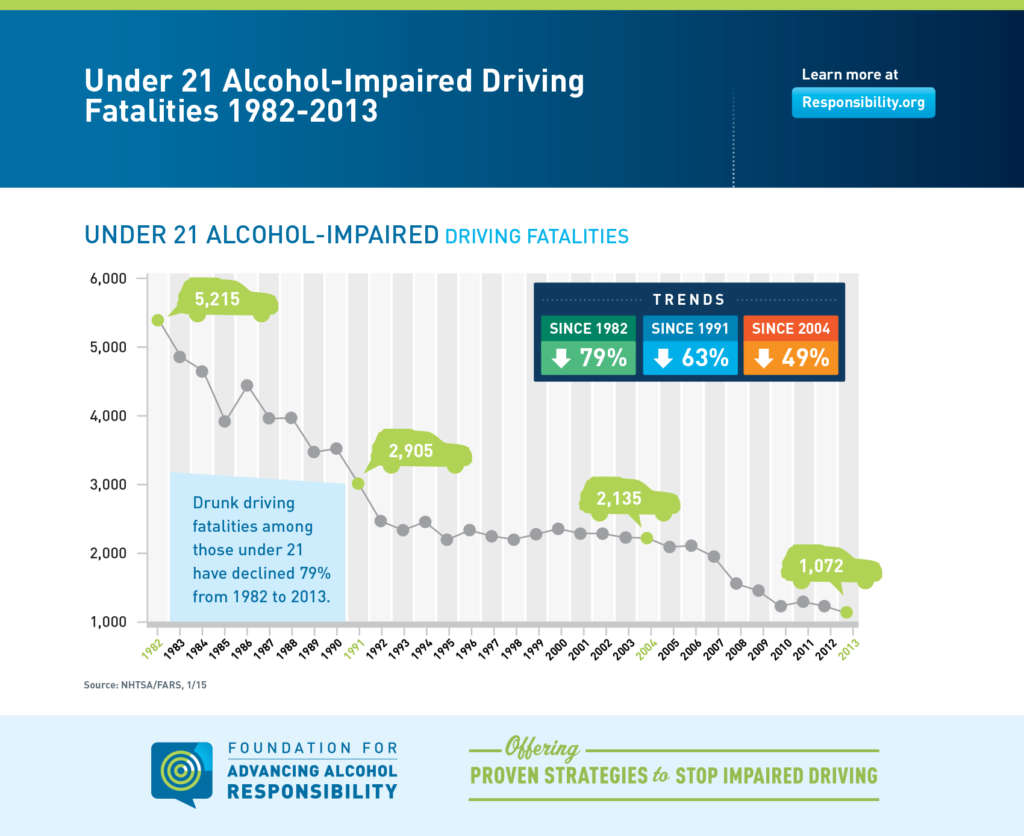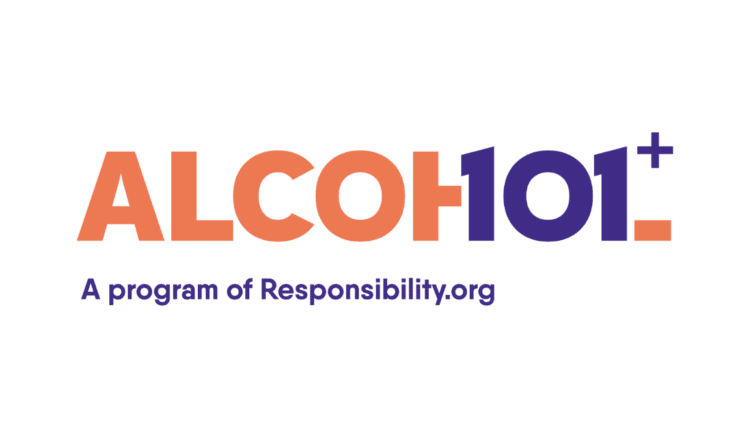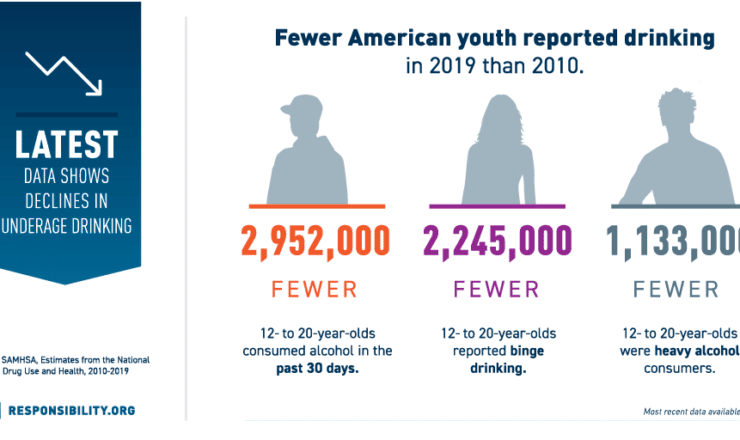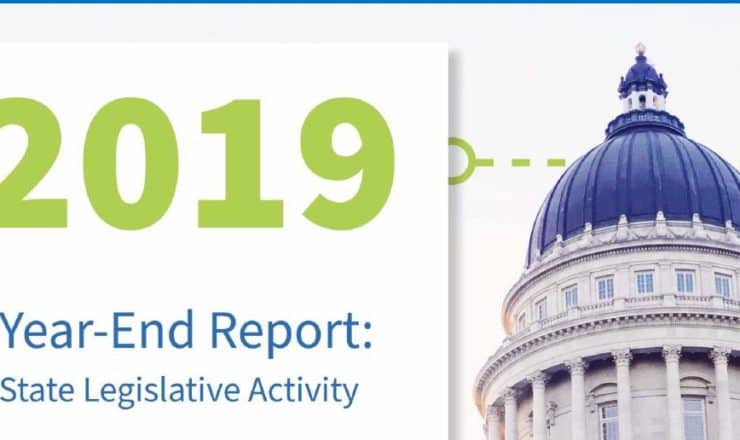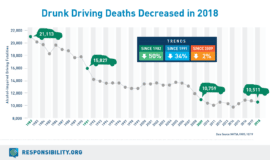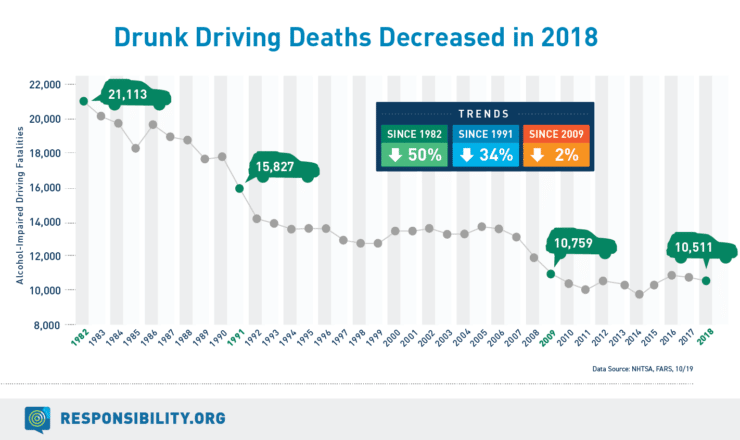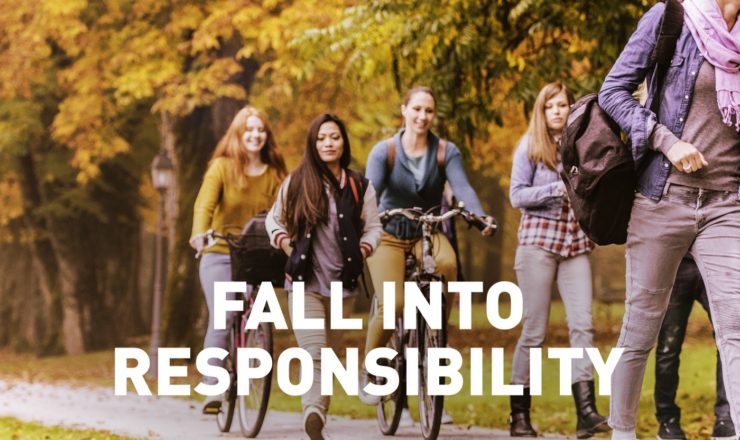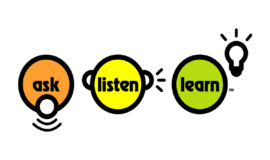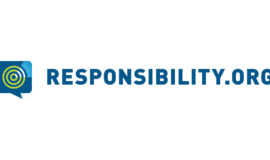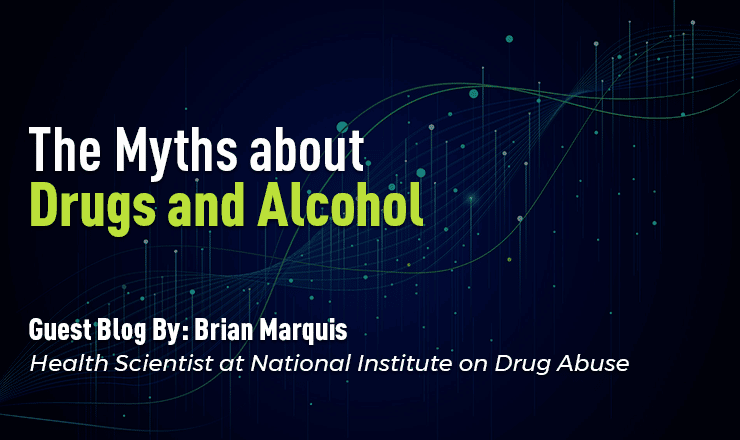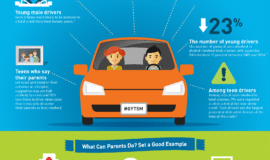It’s time to talk teen driver safety. #GYTSM
Buckle up. Put the phone away. Slow down. Don’t drive drunk.
Over the past 30 years, we have done a good job of educating the public about safe driving practices as evidenced by reductions in crashes, but we have a lot of work to do. One facet of the driver population that requires additional attention is teen drivers.
We know from years of research that teens have crash rates greatly exceeding those of older, more experienced drivers-particularly during the first months of licensure. Unfortunately, motor vehicle crashes remain the leading cause of death for all 15-to-20-year-olds, and teens continue to have the highest crash rate of any group of drivers in the United States.
The good news is we continue to see progress in many areas that can be attributed to driver education, teen driver safety laws and increased public awareness.
Take drunk driving, for example. Drunk driving fatalities among those under age 21 have declined 79% from 1982 to 2013. In the last 10 years alone, there has been a reduction of 49%. Moreover, between 2004 and 2013, these fatalities per 100,000 population declined in 45 states and in Washington, D.C.
Clearly, young drivers have heard the message as it relates to drinking and driving.
However, success continues to be a mixed bag. We know that among crashes attributed to a critical teen driver error, 21% of serious teen driver crashes were due to driving too fast for road conditions. Distraction, in particular, appears to be a growing cause for concern as six out of every 10 teen crashes involve driver distraction in some form. The use of cell phones while driving is far too common: 41% of students who drove a car in the past month report they had texted or e-mailed while driving at least once.
In recognition of these issues, May has been named Global Youth Traffic Safety Month (#GYTSM). Originally launched to support the United Nations 2007 Global Road Safety Week, the initiative has grown and seeks to engage youth in discussions of traffic safety, empower them to educate their peers and communities, and exhibit safe driving while on the road.
But this month is not solely about youth. GYTSM is the perfect time to talk with your kids and friends about how to be safe behind the wheel. Parents play a pivotal role in promoting good driving habits among their children by setting a good example. Teens who say their parents set rules and monitor their activities in a helpful, supportive way are half as likely to crash and 70% less likely to drive intoxicated than teens who describe their parents as less involved. We encourage parents to always model safe driving behavior, discuss safe driving with their teen on an ongoing basis and sign a ‘safe driving contract.’ For more information and additional tips, visit the “Parents” tab of our IKnowEverything program.
We hope you will share your own safe driving knowledge and engage in dialogue with us all month long. Follow the conversation on Twitter using #GYTSM or #TrafficSafeYouth and check back regularly for featured blogs, infographics and teen driver safety facts. Also, visit our partner, the National Organizations for Youth Safety (NOYS) for even more GYTSM content!

